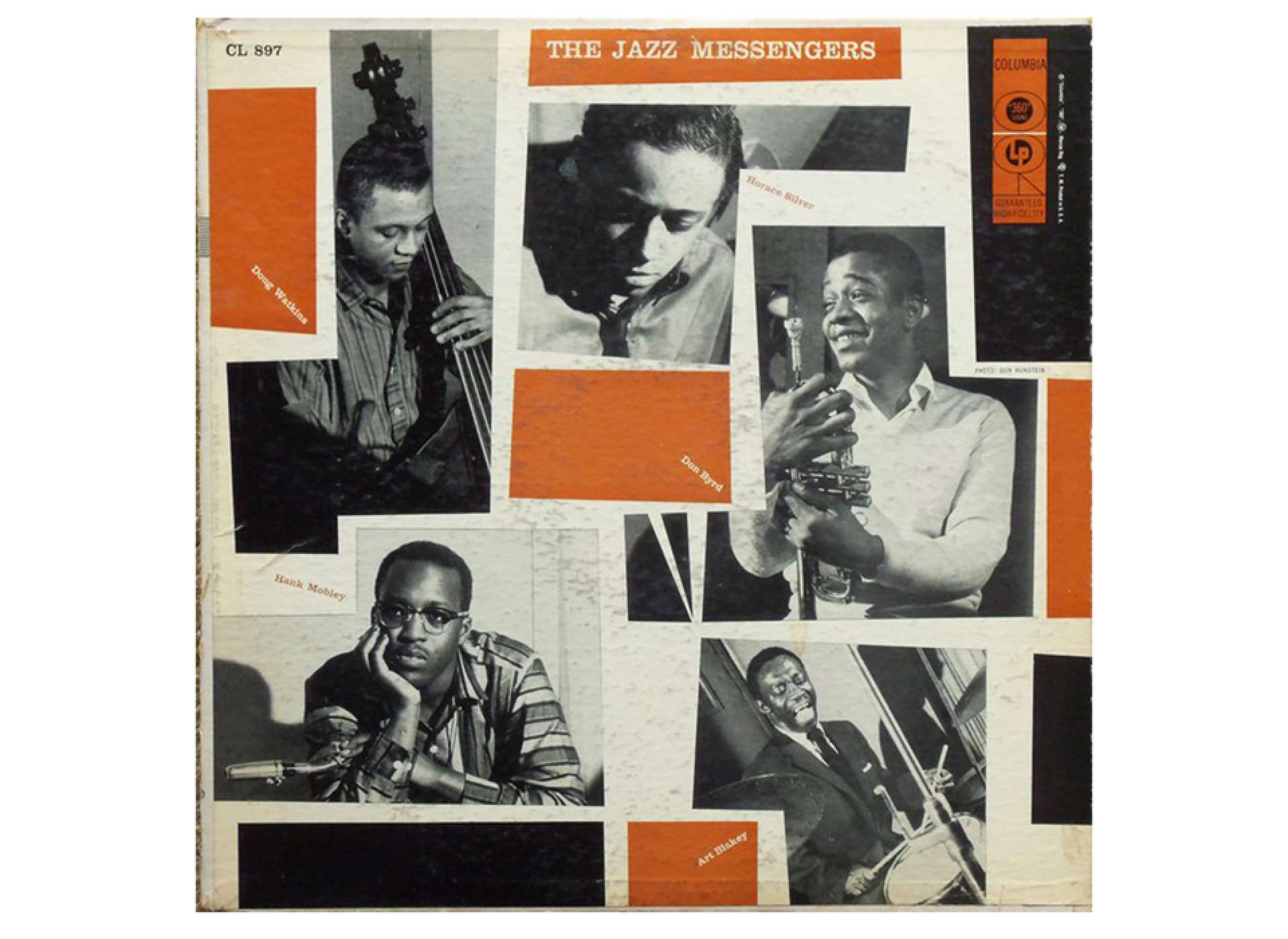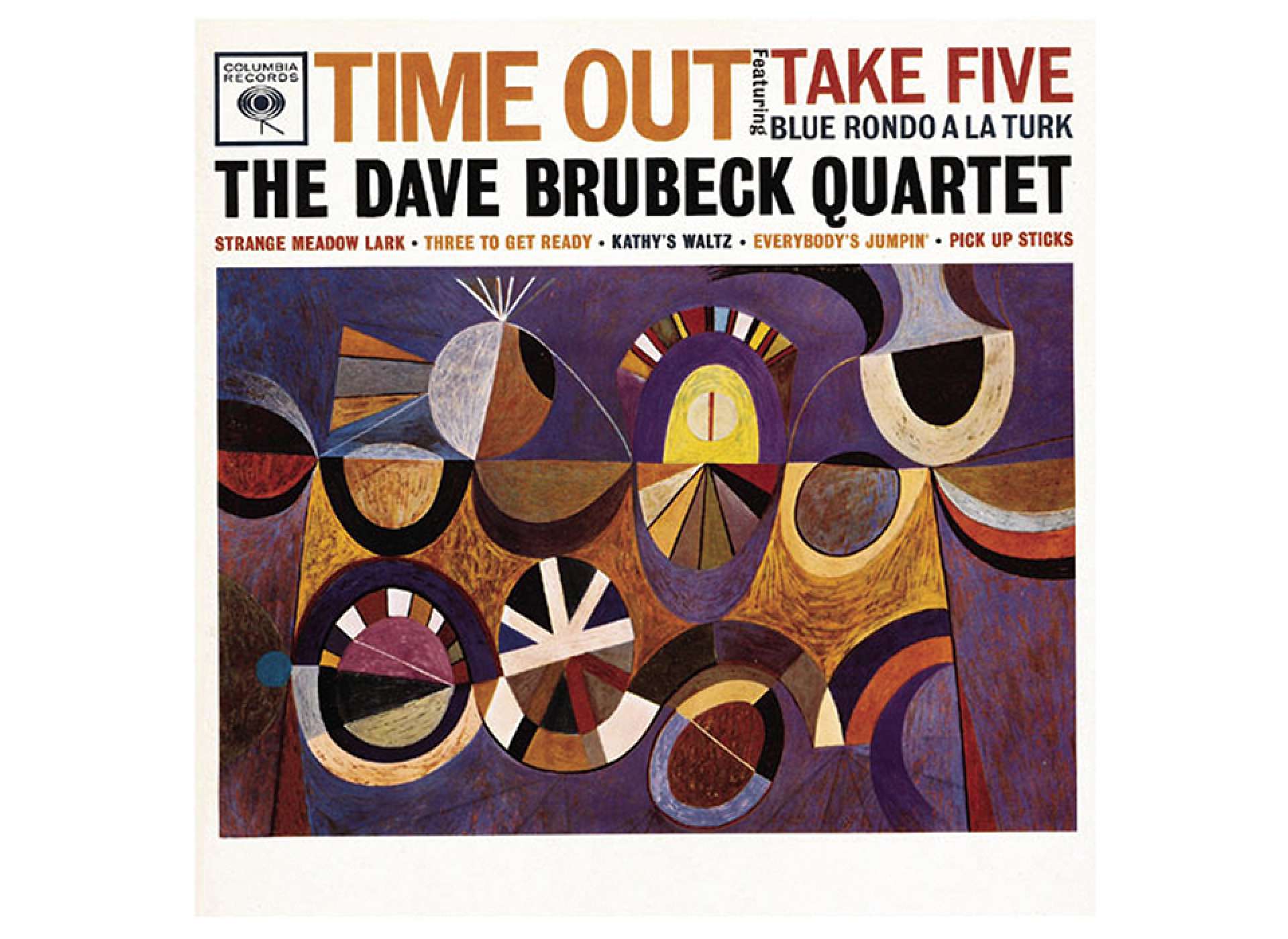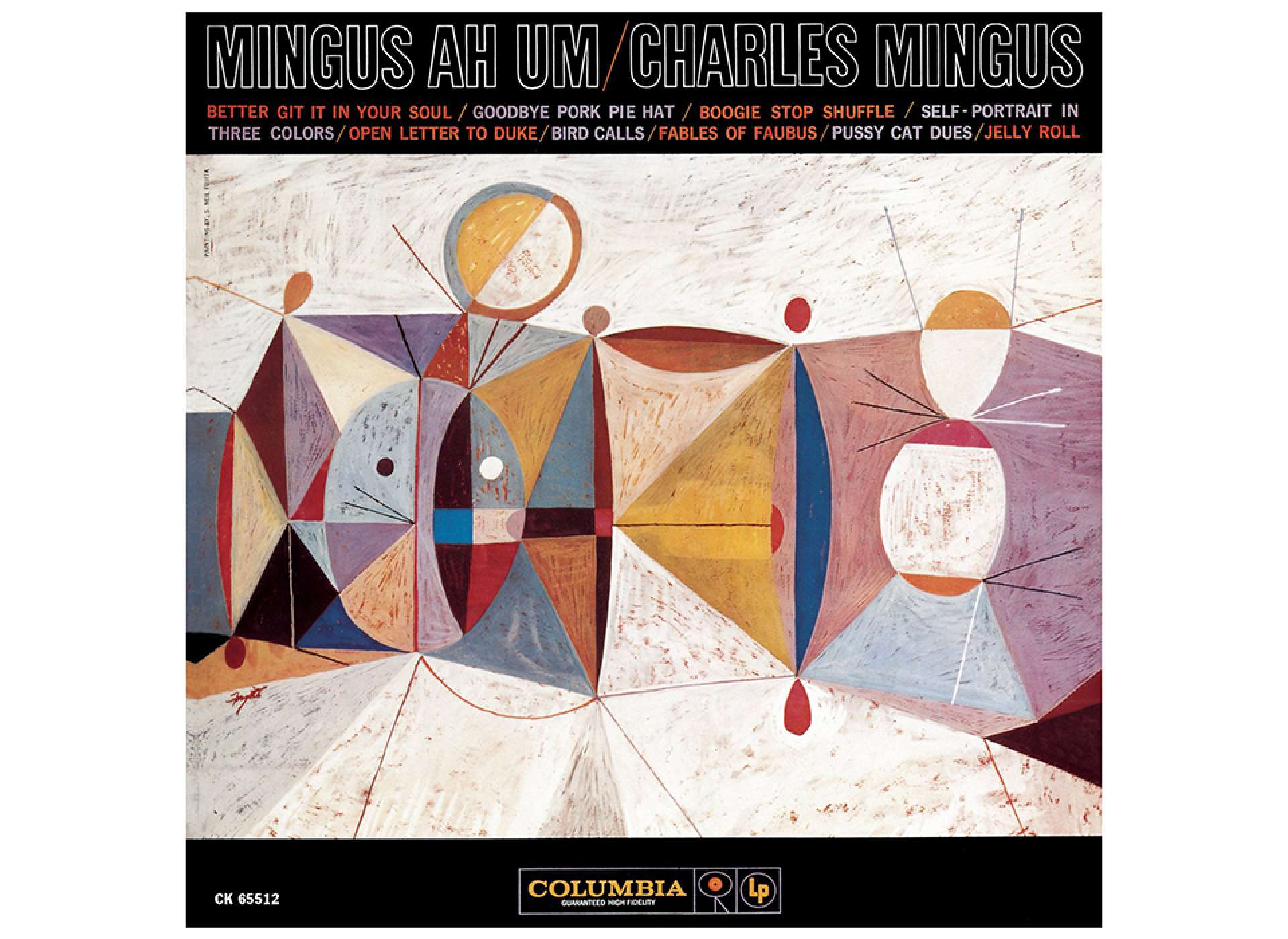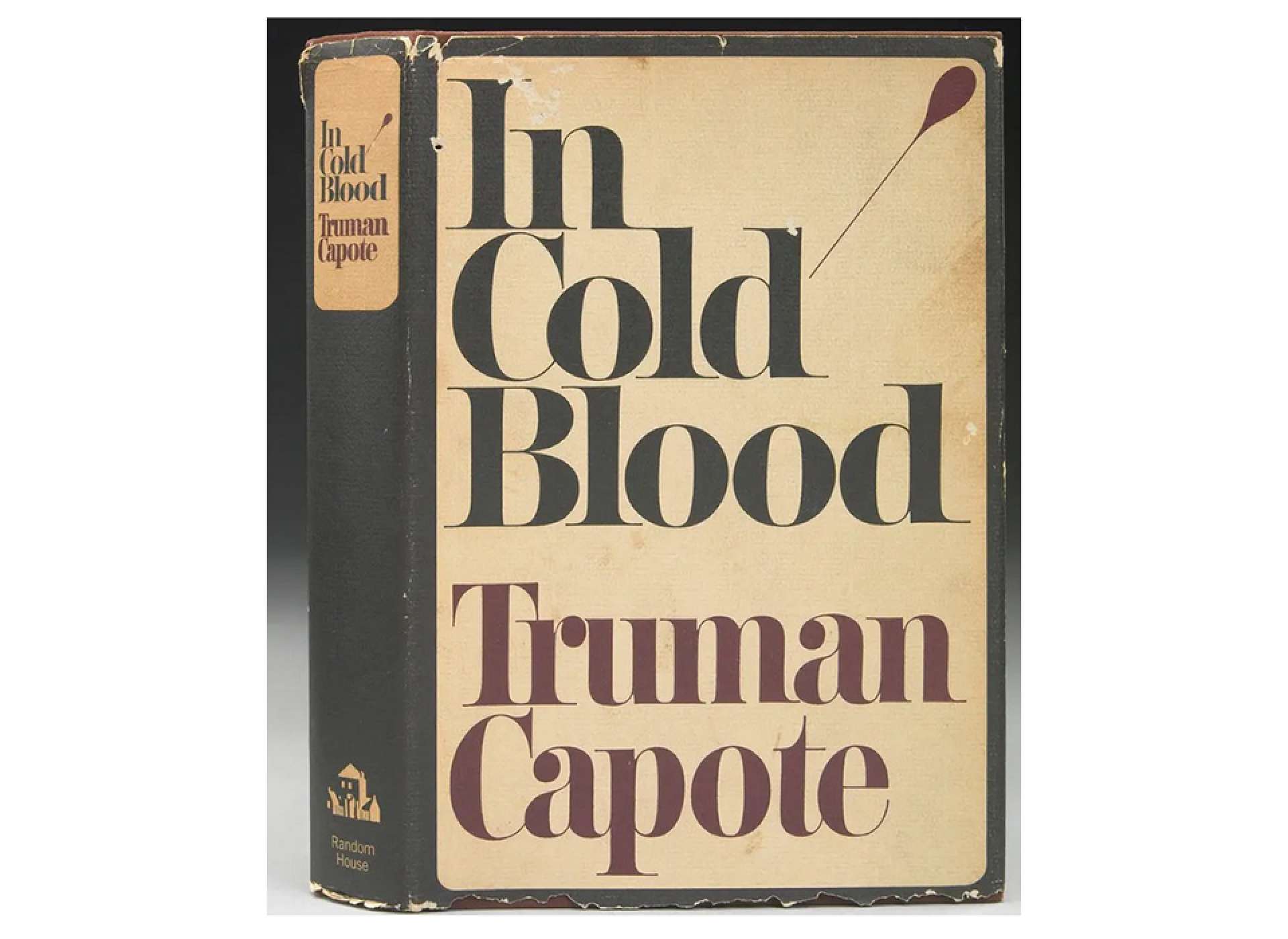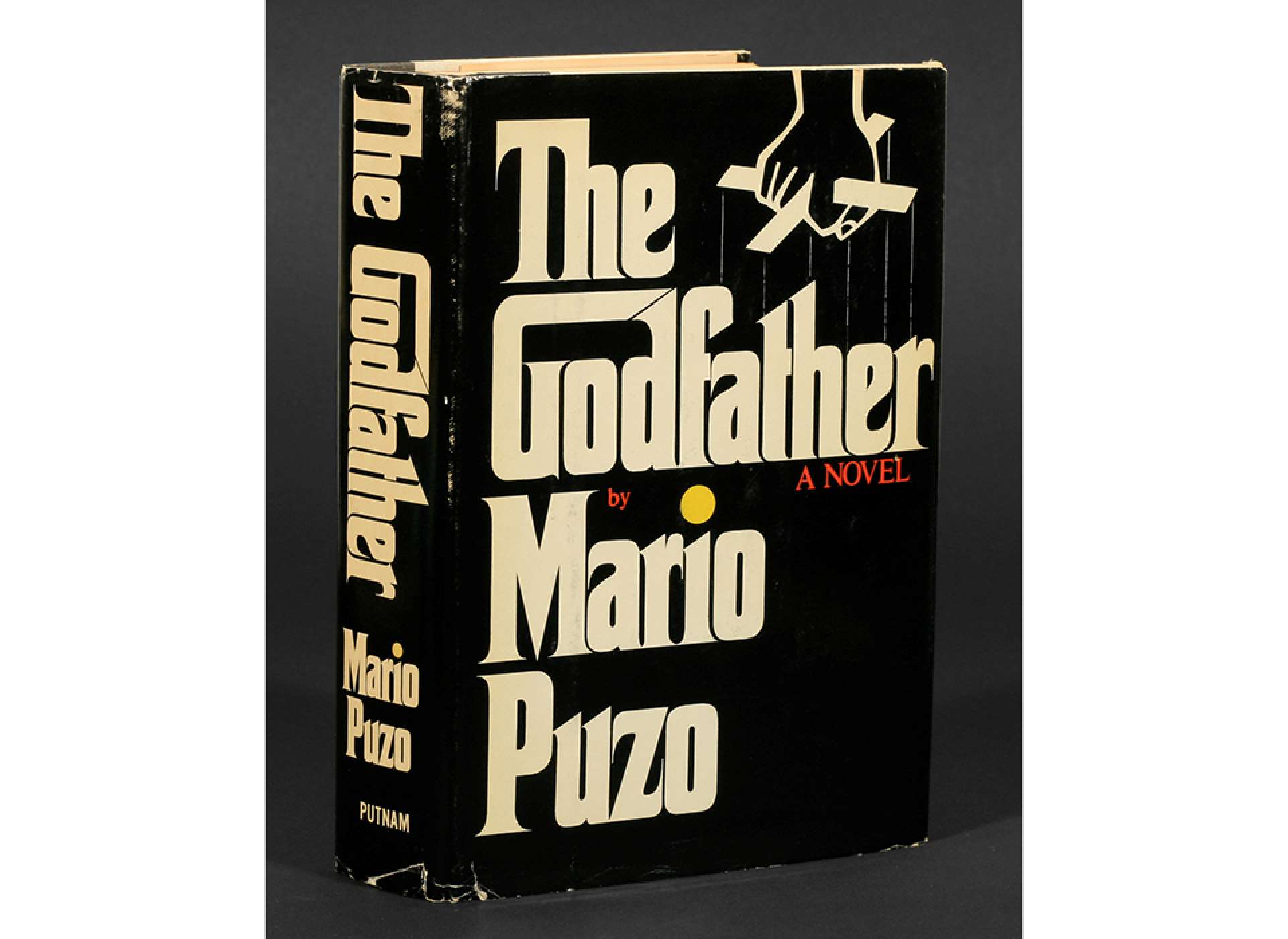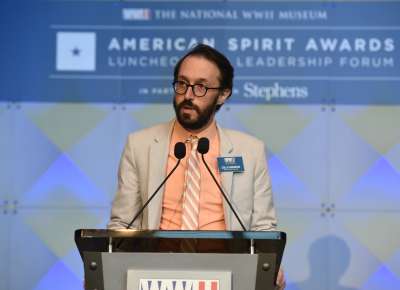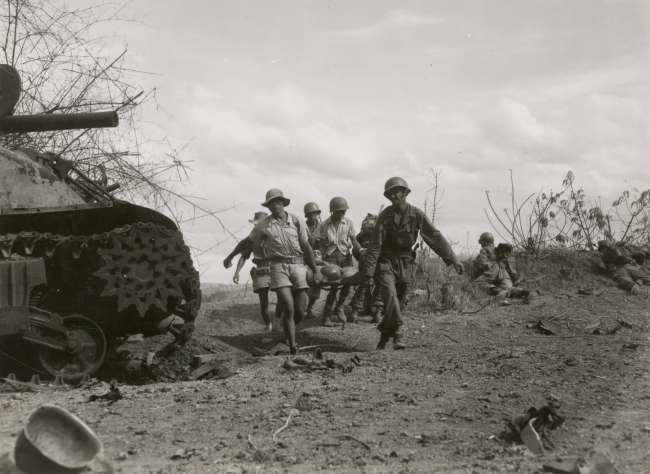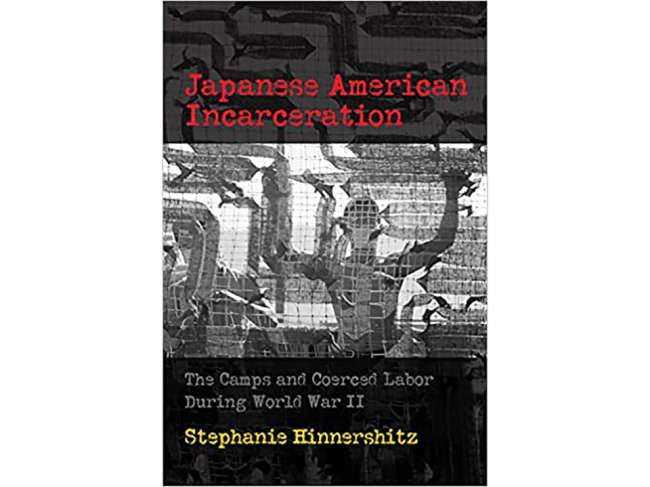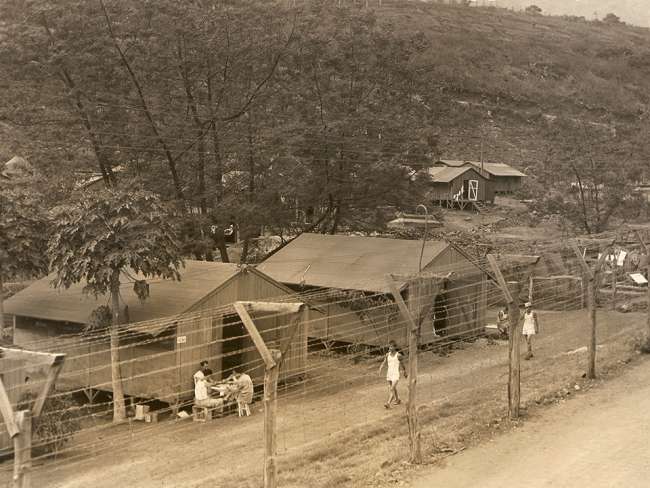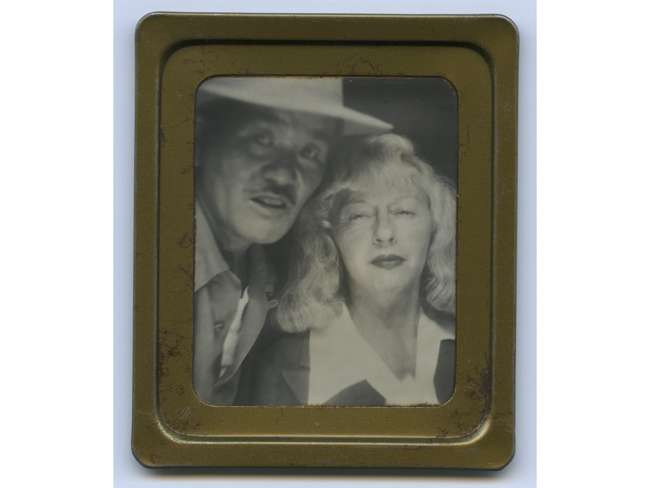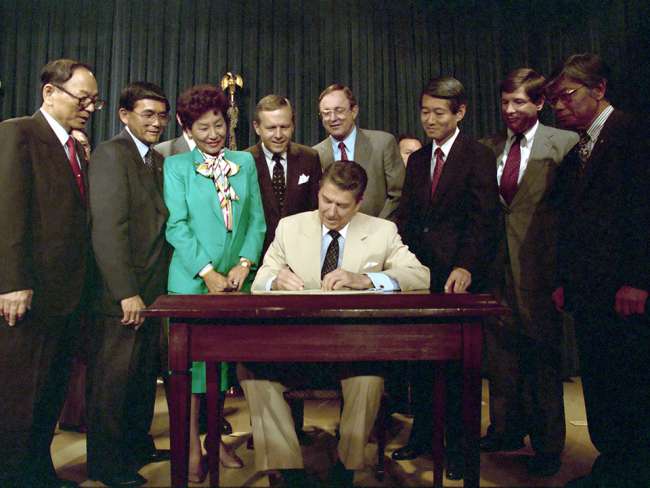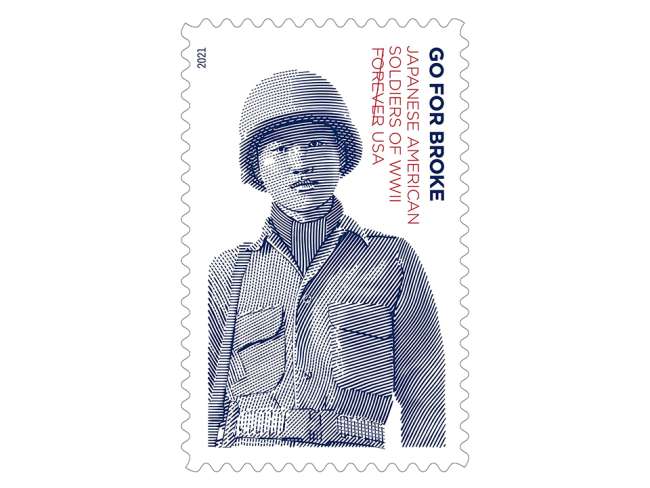One hundred years ago, on May 16, 1921, the artist and graphic designer Sadamitsu Neil Fujita, known professionally as S. Neil Fujita, was born in Waimea, Hawaii to Japanese immigrant parents. Primarily remembered today as one of the titans of mid-century graphic design and the designer behind such iconic pieces such as the album cover art to Dave Brubeck’s Time Out, Charles Mingus’ Mingus Ah Um, and Miles Davis’ Round About Midnight. Among others, as well as the illustrator behind, the instantly recognizable book jacket and later movie poster for the Godfather franchise. Fujita’s life, like those of many other Japanese Americans, was disrupted and marred by World War II and the ramifications of Executive Order 9066—the Executive Order which paved the way for the unconstitutional removal of over 100,000 Japanese Americans on the West Coast to incarceration sites in the American interior. While these events did not overshadow his outstanding post-war artistic career, Fujita’s war time experiences—first as an incarceree at the Heart Mountain Relocation Center in Wyoming and then as a volunteer member of the 442nd Regimental Combat Team in Europe—warrant exploration.
At the time of the attack on Pearl Harbor, Fujita—only 20 years old—was studying at the Chouinard Art Institute in Los Angeles. Following the attack and the issuing of Executive Order 9066 in February 1942, Fujita—an American citizen—was forcibly relocated. First, to the temporary Pomona Assembly Center in Pomona, California, and then to the permanent Heart Mountain Relocation Center camp in remote Wyoming. Arriving at Heart Mountain in the early fall of 1942, the Japanese American incarcerees quickly attempted to reclaim and recreate as much of the normalcy of their previous lives as possible. Toward this end, Fujita was no exception. In a move that would presage his post-war career, Fujita signed on as the art director for the camp newspaper, The Heart Mountain Sentinel, an eight-page, weekly publication designed to keep “residents advised of WRA [War Relocation Authority] policies and of maintaining morale in the center.” Along with weekly assignments, Fujita contributed a line-drawing of the nearby Heart Mountain which served as the newspaper’s masthead until the camp’s closure in 1945.
Fujita would not witness the closing of Heart Mountain, however, or the other incarceration centers. In 1943, along with thousands of other Nisei or second-generation Japanese Americans, Fujita volunteered to join the fight for the cause of their country; a country that had only recently deprived them of their civil rights and liberties. Fujita would serve in Company C of the 442nd Regimental Combat Team—the most decorated unit for its size and length of service in the history of the US military. After concluding their training at Camp Shelby outside of Hattiesburg, Mississippi, Fujita and the 442nd shipped out, arriving in Italy in June 1944. The 442nd would prove their loyalty and dedication to the United States over and over again through courageous actions and ferocious fighting; acts that the 442nd paid for with staggering casualties. Remembering his time of service abroad, Fujita remarked, “I shall always remember the 60 or more who decided to go from Heart Mountain Relocation Camp and a few who I knew personally, who never came back.”
Completing his studies at Chouinard, this time on the GI Bill, Fujita, now married, would travel east with his wife in 1949. It was during this period that Fujita would begin to hone what would become his unique personal style of ultra-modernism meets Abstract-Expressionism. Working first in advertising for the firm NW Ayer & Sons in Philadelphia, it was after an ad that he designed for the Container Company of America was awarded a gold medal by the New York Art Directors Club in 1953 that Fujita was approached by William Golden to work for Columbia Records.
With Fujita, Golden and Columbia hoped to keep pace with the pioneering graphic designs and illustrations being created by Reid Miles—a fellow Chouinard graduate—at Blue Note Records. Building on the work of Columbia’s former art director, Alex Steinweiss, Fujita was challenged to transform album artwork; to replace the crude, workman-like illustrations announcing only the name of the artist and perhaps selected song titles with complementary and original works of arts that would better suit the modernist sounds Columbia was showcasing at the time.
Columbia in the middle-to-late 1950s was one of the homes to jazz, with Columbia artists pushing the boundaries of popular music into the avant-garde, blurring boundaries and pioneering new sonic terrain, styles, and sounds. After assuming artistic direction in 1954, Fujita set out to interpret and convey the same bounce, abstraction, improvisation, and freedom of the jazz artists on Columbia through the use of abstracted pictures and images meant to communicate the avant-garde moods of the albums they adorned. At Columbia, Fujita became one of the first graphic designers to employ both men and women in a racially integrated office. Fujita also became the first designer to use painters, photographers, and illustrators for the production of album artwork. Many of the pieces of original artwork Fujita created as album covers for Columbia enclose albums that are today considered some of the greatest jazz works of the twentieth century.
-

The Jazz Messengers, Columbia Records, 1956, CL 897 courtesy of Columbia Records.
-

The Dave Brubeck Quartet, Time Out, 1959, CL 1397 courtesy of Columbia Records.
-

Charles Mingus, Mingus Ah Um, 1959, CL 1370 courtesy of Columbia Records.
-

Miles Davis, ‘Round About Midnight, 1956, CL 949 courtesy of Columbia Records.
In total, Fujita would create around 50 album covers for Columbia before leaving to start his own firm. In the 1960s, Fujita would continue to push the envelope of design in the production of book jackets, from the funereal blood-drop cover to Truman Capote’s In Cold Blood in 1966—to the perpetually-replicated and referenced type-face and hand-clutching-a-crucifix image for Mario Puzo’s The Godfather in 1969, which was used again for the film franchise of the same name.
-

In Cold Blood: A True Account of a Multiple Murder and Its Consequences, Truman Capote, 1966. Courtesy of Random House.
-

The Godfather, Mario Puzo, 1969. Courtesy of G. P. Putnam's Sons.
In his later years, Fujita would teach design at the Pratt Institute, the Parsons School of Design, and the Philadelphia School of Design before passing away at his home in New York in 2010 at the age of 89.
This Asian American and Pacific Islander Heritage Month, and every month, The National WWII Museum wishes to recognize the many contributions of this community, as well as acknowledge the many challenges and hardships that they—like S. Neil Fujita—were forced to overcome during World War II.



